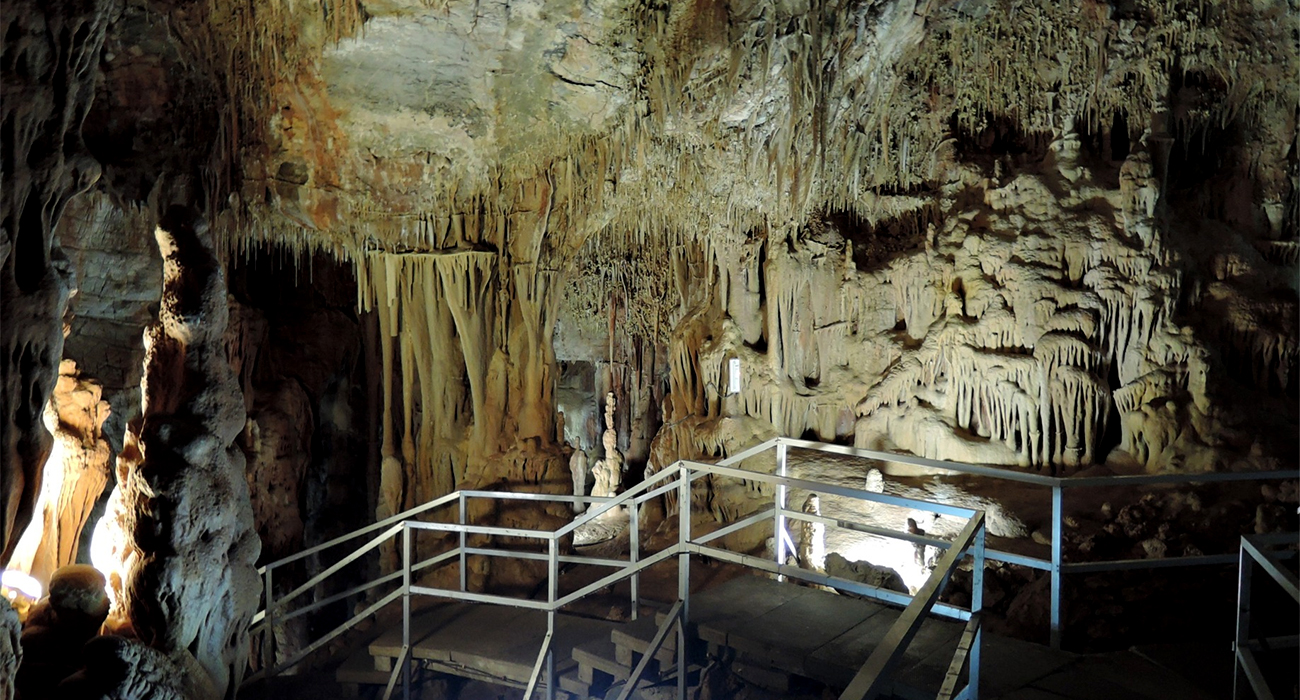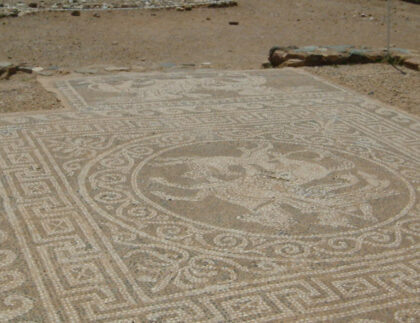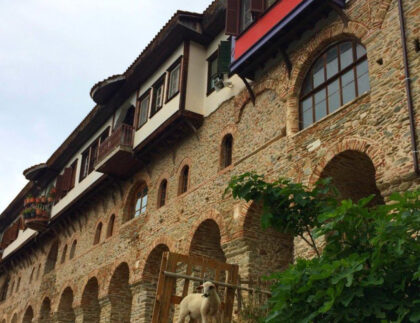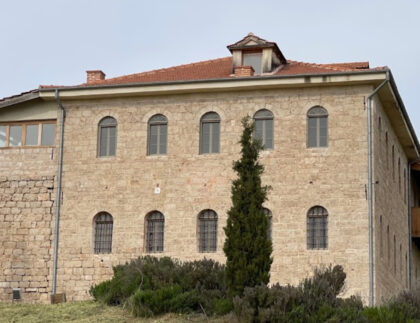
The Petralona Cave, suppressed by stalagmites and stalactites, was formed at an altitude of about 300 meters above sea level. It was located in 1959 by Filippos Hatzaridis, a resident of Petralona, from an oval fissure (~ 0.7 m long) on the limestone mountain Kalavros (700 m high), created during the Jurassic period (~ 150 cm) in submarine sediments. which emerged in various phases in subsequent periods. Probably during the Middle Pleiocene, about 5 million years ago, the main galleries of the Cave were formed.
This became world famous in 1960 when, from a fellow villager of Hatzaridis, Christos Sarrigiannidis and five other people (including three scientists), the famous fossilized skull of the man from Petralona was found. The systematic excavations of the Cave began in 1965 by the founder of the Anthropological Society of Greece, professor of anthropology Dr. Aris N. Poulianos. His research showed that the Petralonian Archangels (ie archaic Homo sapiens) are about 700,000 years old, which makes them the oldest European. This age was based on the detailed analysis of stratigraphy (to date, 34 geological layers have been discovered), as well as the study of both the ancient Paleolithic tools and the species of paleopodas discovered in almost all layers.
The fossils of the extinct animals include lions, hyenas, bears, panthers, elephants, rhinos, amphibians, bison and various species of deer and horses, as well as 25 species of birds, 16 species of rodents and 17 species of bats.
Important for verifying the age of the dating of the finds is the contribution of Archaeometry (according to methods developed by Nuclear Physics). The dating materials are bones, clay, stalagmites and traces of fire (ashes, burnt bones) - the oldest ever lit by a human hand on Earth (~ 800,000 years old).
Thousands of fossils and other finds are in the Anthropological Museum, built next to the Cave, many of which you can visit here in a separate virtual tour.
Source: http://www.petralona-cave.gr/





